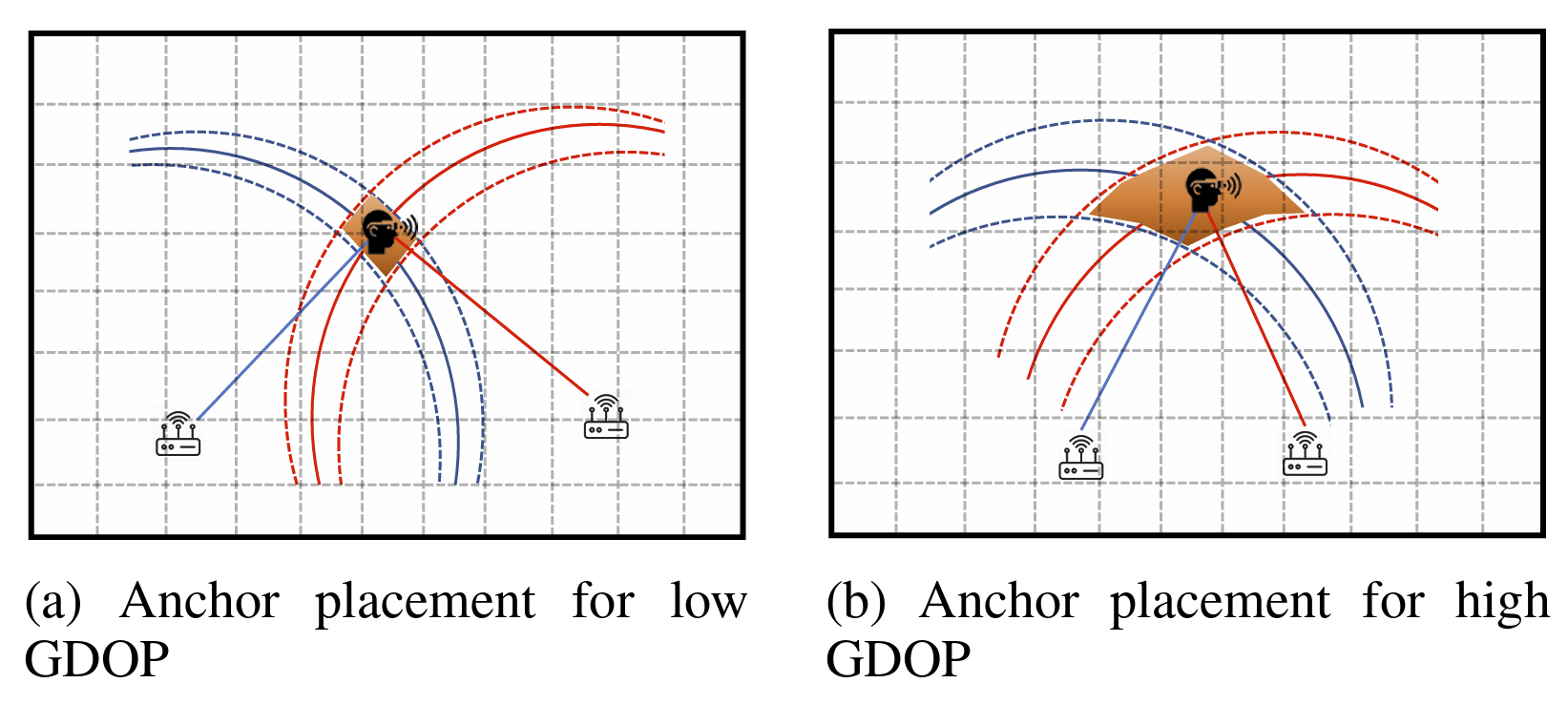Localization in the Metaverse

Mobile networks are evolving at a rapid pace to accommodate the growing versatility of use cases. 5G deployments have been designed in a way to offer services in the form of end-to-end logically isolated fragments called network slices. An increasingly popular service type in this delivery model is the augmented and virtual reality (AR/VR) wearables which will play a key role in the delivery of the Metaverse. In addition to rigorous latency control, accurate Metaverse realization depends highly on high-precision localization of such user equipment (UE) in a three-dimensional environment. Being a successor to 5G, 6G networks will operate at higher frequency ranges in denser deployments. In such environments, maintaining high-accuracy localization for indoor deployments will become a challenging task considering the signal characteristics at higher frequencies. To that end, we propose the Wi-Six framework, which relies on well-defined (third-generation partnership project) 3GPP principles to model a hybrid radio access network (RAN) composed of Wi-Fi routers that offload positioning from base stations (BSs) for indoor environments. Our contribution in this paper is to demonstrate that the placement geometry of Wi-Six transmission and reception points (TRPs) plays a significant role in the positioning accuracy of AR/VR Metaverse wearable equipment. We formulate and solve an NP-Hard problem of TRP placement using a novel optimization framework. We show that by using our optimal placement solution, positioning accuracy improves significantly compared to arbitrary anchor placements.
